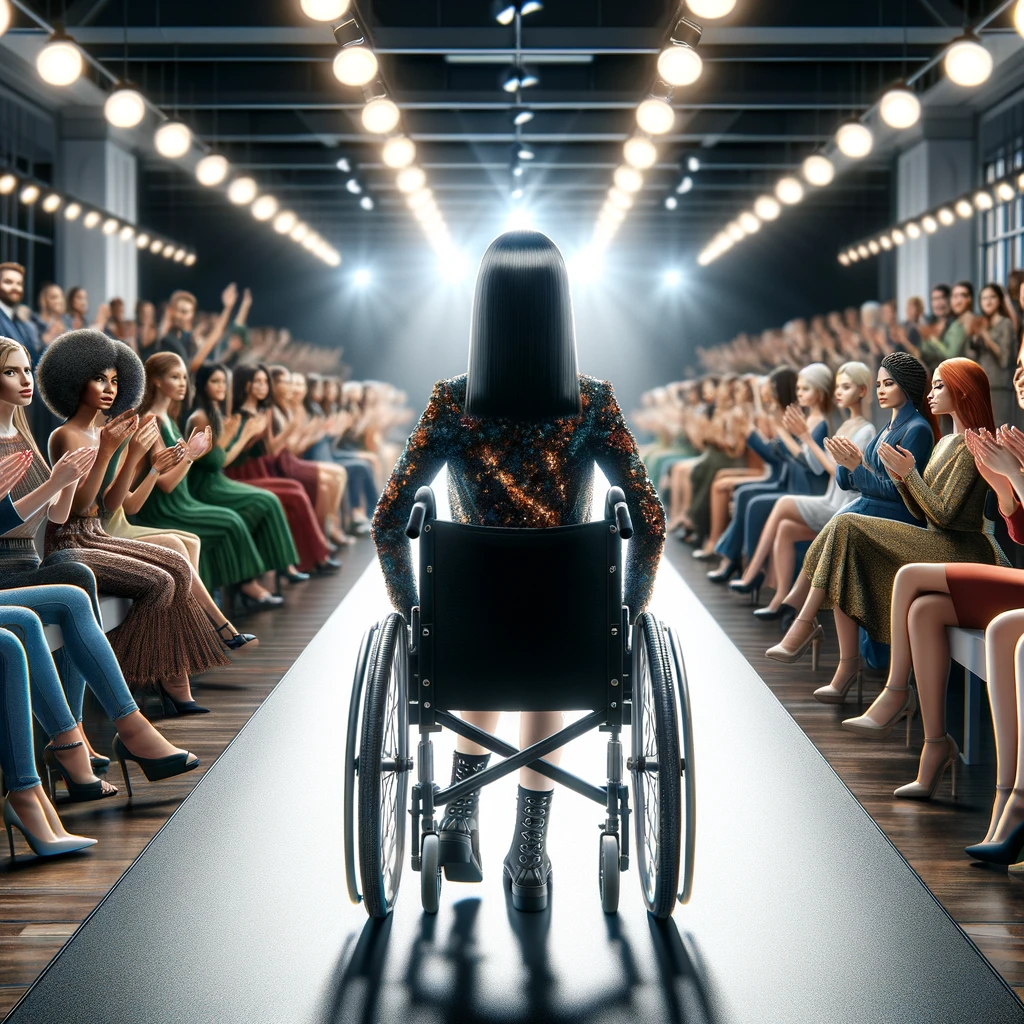Breaking Barriers in Fashion: How Inclusivity is Becoming the New Industry Standard
The fashion industry has recently witnessed a transformative shift towards inclusivity, making it a beacon for diversity and accessibility. This movement is not just about expanding market reach—it’s about reshaping societal perceptions and championing equality through design. This article explores the impactful journey of inclusive fashion, showcasing brands and designers at the forefront of this pivotal change.
Inclusive fashion represents more than just a trend; it’s a powerful movement aimed at democratizing fashion for all body types, abilities, and ethnic backgrounds. With increasing consumers demanding more excellent representation, the industry is responding by broadening its horizons to cater to a diverse clientele.
The Importance of Inclusive Fashion
Inclusive fashion addresses a crucial need for accessibility and representation within the apparel industry. It challenges the traditional norms of beauty and functionality by offering designs that cater to people with disabilities, plus-size individuals, and those from varied cultural backgrounds. The benefits extend beyond the consumers; they ripple through society by promoting acceptance and reducing stigma.
Leading Brands and Designers
Innovative brands and visionary designers are rewriting fashion rules to be more accommodating and reflective of the world’s diversity. For instance:
- Tommy Hilfiger’s Adaptive Line has set a benchmark in the industry with its stylish yet functional garments designed for individuals with disabilities.
- Universal Standard has emerged as a pioneer in size inclusivity, offering fashion-forward pieces from sizes 00 to 40.
- Savage X Fenty by Rihanna celebrates cultural diversity and body positivity, showcasing models of all sizes, shapes, and colors in its high-profile runway shows.
Challenges and Opportunities
While the journey towards total inclusivity is ongoing, the fashion industry faces challenges such as higher production costs and complexities in design. However, these challenges also present opportunities for innovation—pushing brands to explore new materials, technologies, and marketing strategies that embrace diversity.
Case Studies
Case Study 1: Launched by Rihanna, Fenty Beauty revolutionized the beauty industry with its inclusive range of foundation shades. The brand’s success story highlights the vast market potential for inclusivity in beauty and fashion.
Case Study 2: Becca McCharen-Tran’s Chromat – Chromat has been lauded for its commitment to showcasing all body types in its swimwear line, challenging the industry’s standard of beauty and encouraging body positivity at every level.
As the fashion world continues to evolve, inclusivity is moving from the margins to the mainstream. Brands and designers’ commitment to diversity is not just good ethics—it’s good business. By embracing inclusivity, the fashion industry can cater to a broader audience and significantly impact societal norms.





